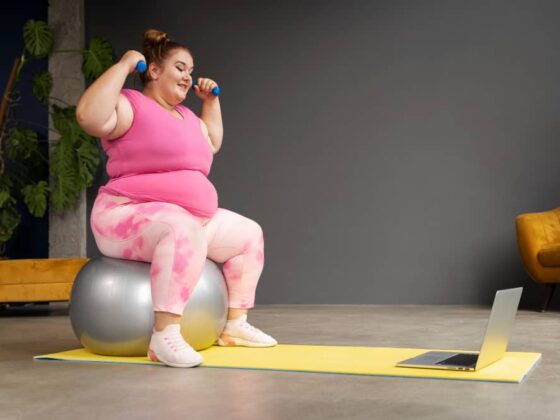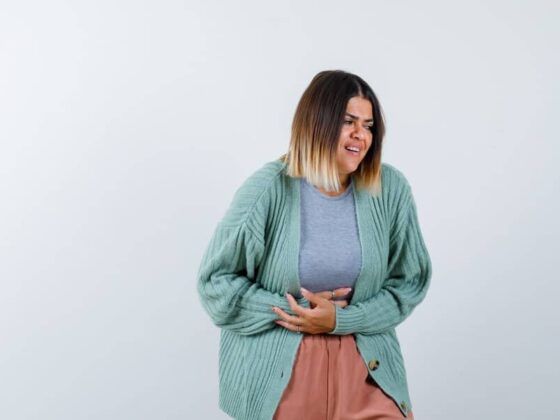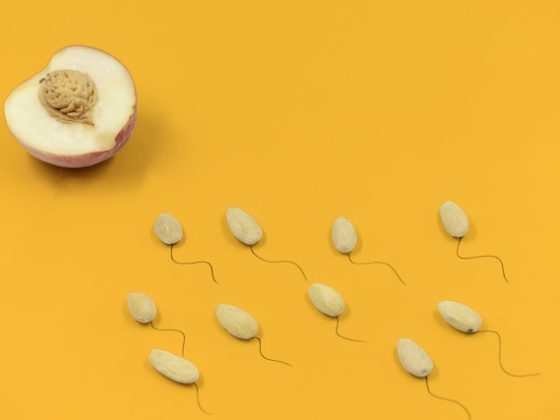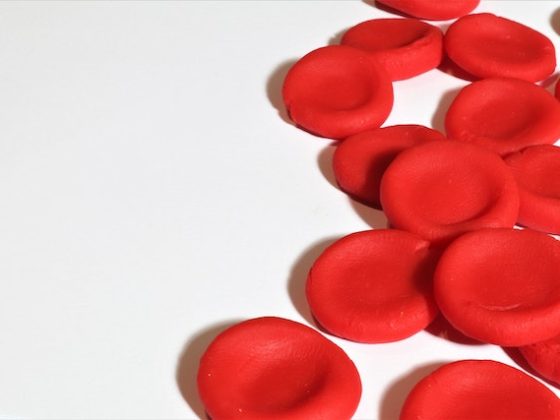Hey there! This post may contain affiliate links. As an Amazon Associate, I earn a teensy commission from qualifying purchases when you buy through these links (at no additional cost to you). For more info, please check the full disclaimer.
Urinary incontinence is a common problem in women after menopause. A recent study published in Menopause highlighted that female urinary incontinence worsens after menopause.
The research shared that women aged 45 to 54 are more likely to experience overactive bladder (OAB) syndrome.
Besides aging, multiple factors come into play, such as obesity and a history of multiple pregnancies, which may increase your risk of stress urinary incontinence (SUI). In addition, smoking, diabetes history, hysterectomy, and hormone therapy usage are linked to an increased risk of an overactive bladder.
However, experts pointed out stress urinary incontinence (SUI) symptoms usually decrease after menopause.
Still, the scientists emphasize the importance of more research on urinary incontinence issues in post-menopausal women to improve this disease’s diagnosis, treatment, and management.
What is Urinary Incontinence
Urinary incontinence is a challenge among menopausal women, affecting about 38% of women aged 60 and older.
Overactive bladder syndrome causes a frequent and uncontrollable need to pee. Because of stress urinary incontinence, many women experience involuntary loss of urine during physical activities, such as sneezing, coughing, exercising, or sporting activities.
This disease can significantly impact your quality of life, affecting your social, emotional, and physical well-being.
Why Urinary Incontinence Worsens After Menopause
Various factors contribute to urinary incontinence in menopausal women.
Low estrogen levels during menopause weaken the pelvic floor muscles that control the bladder.
Obesity, multiple childbirths, hormonal imbalances, smoking, pelvic surgery (e.g., hysterectomy), and medical conditions like diabetes are also associated with an increased risk of urinary incontinence in women.
Read More: 15 Best Foods to Boost Estrogen Naturally
Tips to Control Urinary Continence
Here are some ways to manage urinary incontinence after menopause:

- Maintain a Healthy Weight: Regular exercise and a balanced diet can help reduce incontinence symptoms.
- Avoid Alcohol and Caffeine: Alcohol and caffeine irritate the bladder and make you urinate more. Caffeine is found in coffee, tea, hot chocolate, and fizzy drinks.
- Do Pelvic Floor Exercises: Practicing kegel exercises, which involve contracting and releasing hip muscles, may enhance bladder control.
- Stay Hydrated: Staying well-hydrated can help regulate bladder function. However, avoid excessive fluid intake before bedtime to minimize nighttime trips to the bathroom.
- Quit Smoking: Smoking can irritate the bladder and worsen urinary incontinence symptoms.
- Seek Professional Help: If you are experiencing persistent urinary incontinence symptoms that affect your daily life, refer to a healthcare professional immediately.
Read More: 10 Best Beginner Exercises for Weight Loss
References:
- https://journals.lww.com/menopausejournal/Abstract/2022/02000/Prevalence_and_factors_associated_with_overactive.3.aspx
- https://www.nhs.uk/conditions/urinary-incontinence/10-ways-to-stop-leaks/








